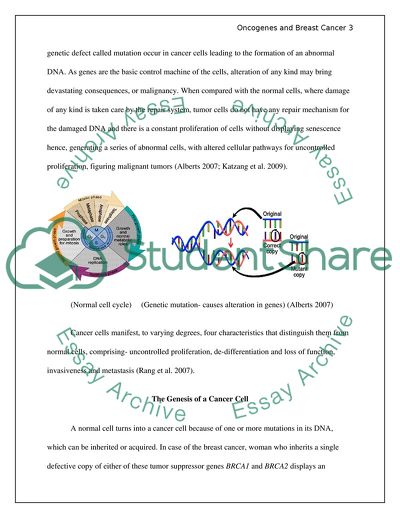Cite this document
(Oncogenes and Breast Cancer Article Example | Topics and Well Written Essays - 1500 words, n.d.)
Oncogenes and Breast Cancer Article Example | Topics and Well Written Essays - 1500 words. https://studentshare.org/biology/1765679-oncogenes-and-cancer
Oncogenes and Breast Cancer Article Example | Topics and Well Written Essays - 1500 words. https://studentshare.org/biology/1765679-oncogenes-and-cancer
(Oncogenes and Breast Cancer Article Example | Topics and Well Written Essays - 1500 Words)
Oncogenes and Breast Cancer Article Example | Topics and Well Written Essays - 1500 Words. https://studentshare.org/biology/1765679-oncogenes-and-cancer.
Oncogenes and Breast Cancer Article Example | Topics and Well Written Essays - 1500 Words. https://studentshare.org/biology/1765679-oncogenes-and-cancer.
“Oncogenes and Breast Cancer Article Example | Topics and Well Written Essays - 1500 Words”. https://studentshare.org/biology/1765679-oncogenes-and-cancer.


